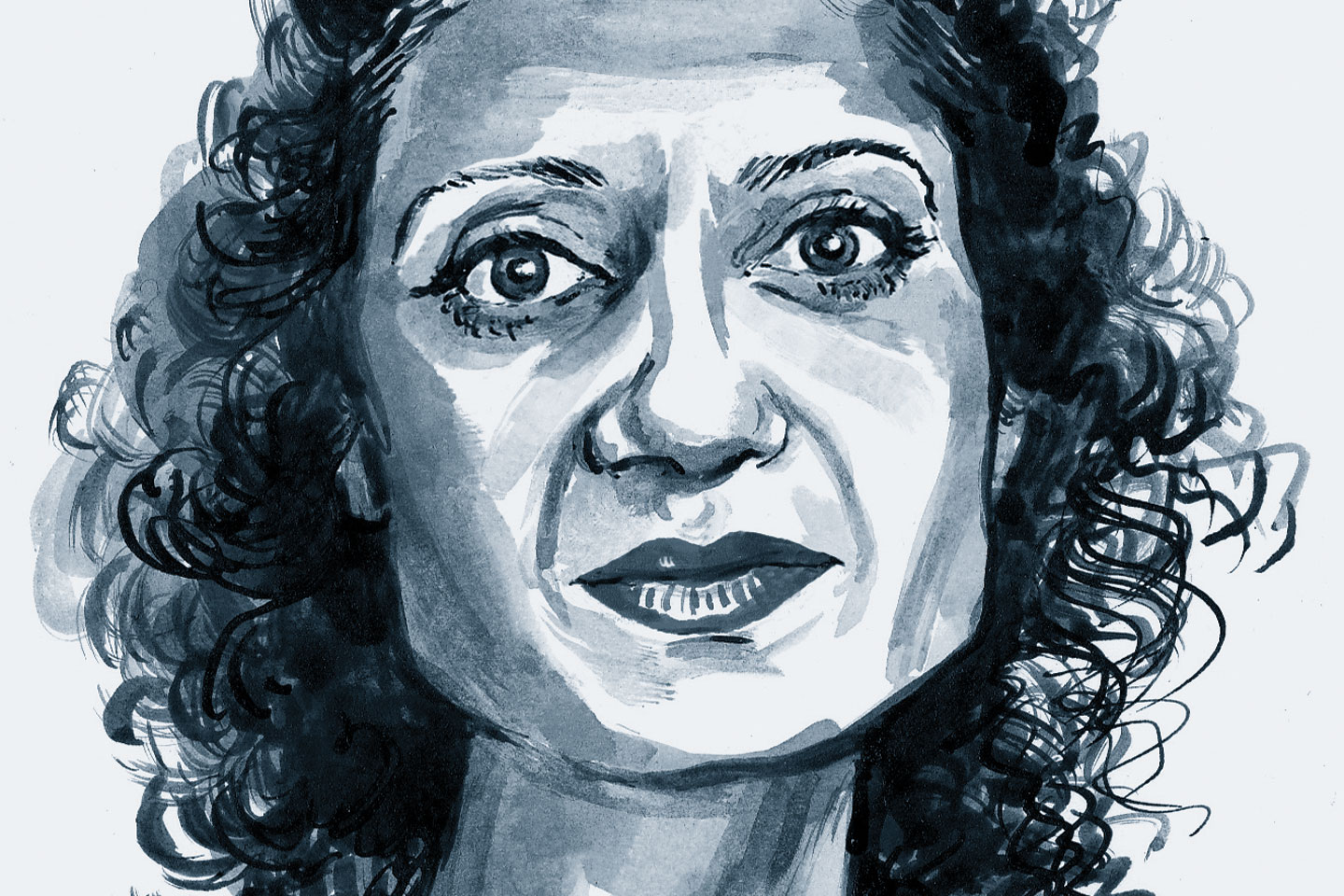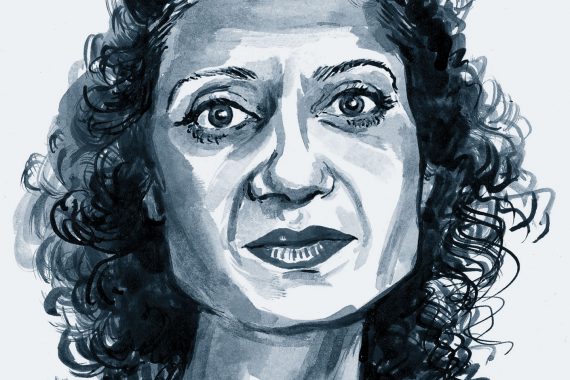
Those of us warning about the ills of overdiagnosis are thankfully no longer on the fringes of medicine, even if doctors making decisions around commissioning and the QOF have yet to get the memo. But it’s only when you come face to face with its consequences personally that you sit up and pay attention.
I am writing this on my annual US holiday to visit family. Nowhere is the ‘too much medicine’ question more relevant, with health obsession and the dollar providing fertile ground. If you wish to see what happens to medical ethics when you taint informed consent with financial incentives, look no further.
People with no apparent health problems are offered a menu of options on an annual basis – reminding me of the three levels of service available when I take my car to the garage. Following his service, my fit American brother-in-law asked me to look at his annual ‘blood work’.
A marginally suppressed TSH (with normal T4 and T3) led to imaging of his thyroid. A PSA of 4.9 triggered a prostate biopsy request. And a slightly elevated cholesterol meant a push for a statin. All these decisions were made following referrals to a specialist, with no dialogue about alternative options.
Would evidence-based lifestyle interventions offer more bang for our buck than screening?
This physician-led agenda is entirely driven by two factors: money and fear of litigation.
Fortunately, my brother-in-law is sensible. He will decline any offer to needle his thyroid ‘nodule’, he requested surveillance for his PSA as he recognised the spurious rise following a bike ride, and he is addressing his lipids through dietary measures. The less motivated or less well informed will inevitably follow the course of dubious medicalisation.
But how different are things in the UK? A ‘big’ birthday while on holiday made me do my own research before being catapulted onto the breast screening conveyer belt. Breast cancer follows the same trend as prostate and thyroid cancer: the graph comparing incidence with mortality/advanced disease is divergent, indicating we’re picking up many more cancers but mortality remains static. This is reinforced by research estimating 10-40% of women aged 40 to 70, not known to have breast cancer, are found to have ductal carcinoma in situ on postmortem.
Are we any good at explaining these odds? I’d rather take my chances and maintain my healthy lifestyle than join the 20% of women likely to have surgery/chemotherapy/radiotherapy for a cancer that was never going to harm me.
I wonder if diverting money from screening programmes into evidence-based lifestyle interventions would offer more bang for our buck, especially as the latter reduce global risk in many long-term conditions.
But I guess that doesn’t fit the business model for doctors in countries where income depends on turning people into patients and it becomes almost impossible to remain purist and put patients’ best interests above your own.
So, if you’re at your wits’ end with chronic NHS underfunding and want to pursue alternative payment models – be careful what you wish for.
Dr Shaba Nabi is a GP trainer in Bristol
Pulse October survey
Take our July 2025 survey to potentially win £1.000 worth of tokens














